Lee Miller: 20th Century Photographer and Icon
Introduction
Lee Miller , born Elizabeth Miller in 1907, is an iconic figure of the 20th century who has left her mark on several fields: fashion, photography, and photojournalism. Starting out as a model, she became a fashion photographer, then a war correspondent during World War II. Her life, full of glamour, tragedy, and resilience, is a testament to a woman ahead of her time, a true model of strength and independence.

The Beginning: From Model to Photographer
1. A Youth in Glamour
Lee Miller was born in Poughkeepsie , New York in 1907. She began her career in the 1920s as a model in New York City, after being discovered by Condé Nast , the publisher of Vogue magazine. She quickly became one of the most sought-after models of her time, posing for renowned photographers such as Edward Steichen .

2. Passage Behind the Device
In 1929, she moved to Paris, where she met the famous surrealist artist Man Ray . From a simple muse, she became his assistant and learned the techniques of photography, including solarization , an innovative photographic process. This partnership propelled her into the world of avant-garde art and allowed her to gain a reputation as a talented photographer.
3. A Unique Photographic Style
Miller's photographic style is distinguished by its boldness, artistic approach and creative use of light. She excels in both fashion photography and portraiture. With her access to Paris's artistic and cultural elite, she immortalizes many influential figures of the time, including Pablo Picasso.

Lee Miller in Wartime
1. War Correspondent
At the outbreak of World War II, Miller reinvented herself again, becoming a war correspondent for Vogue magazine. This turning point in her career demonstrated her commitment to documenting history and capturing images that would leave a lasting impression. She became one of the few female photographers to cover the events of the war, capturing key moments on the front lines.
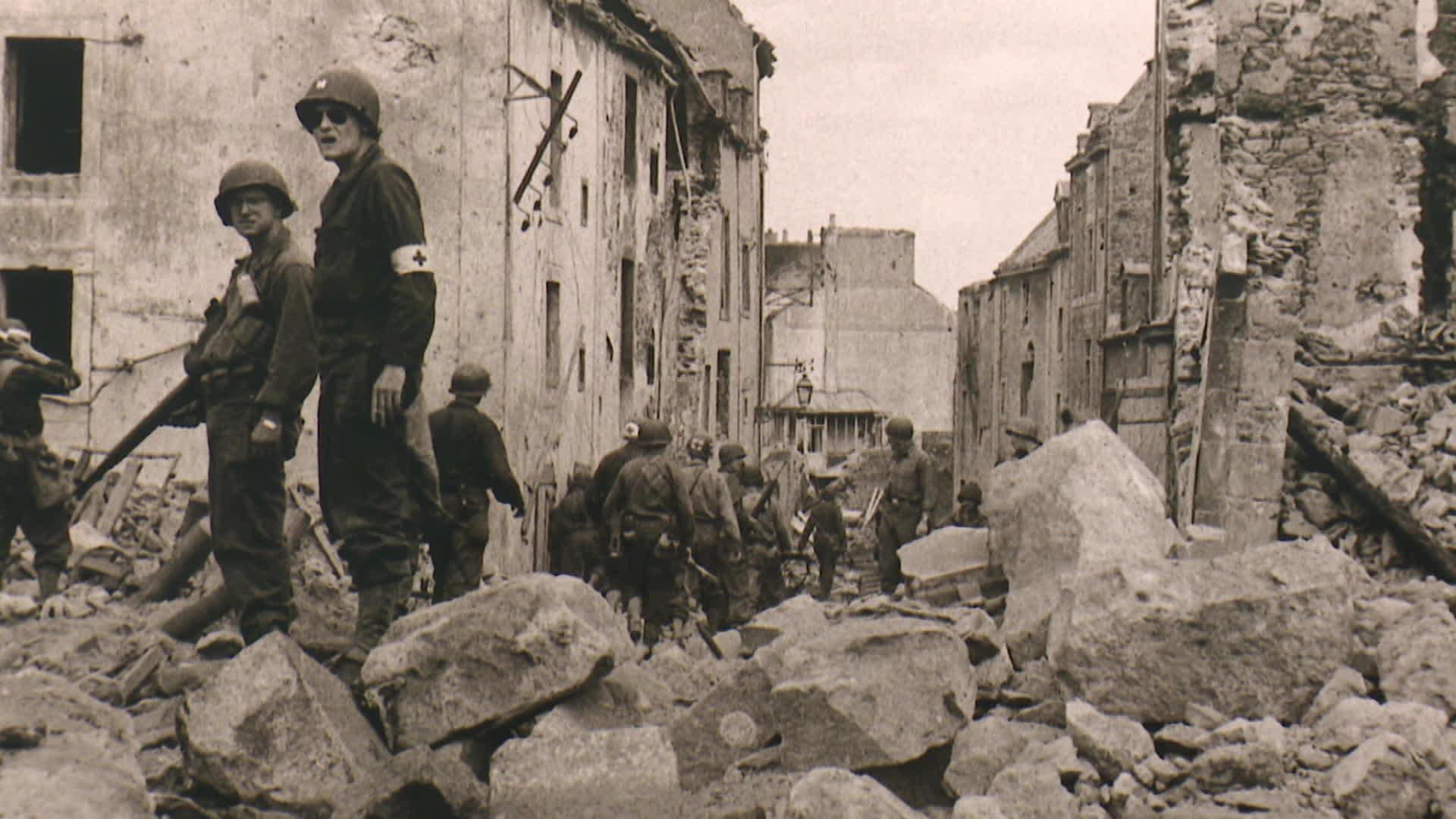
2. War Reports
During the war, Lee Miller photographed many major historical events, such as the Normandy landings in 1944, the liberation of Paris , and the fighting in Germany . His images are both powerful and moving, capturing the raw reality of conflict, destruction, and the suffering of soldiers and civilians.

3. Testimony from the Concentration Camps
In 1945, Miller was among the first journalists to enter the Nazi concentration camps at Buchenwald and Dachau after their liberation. Her photographs of the horrors she encountered there were among the most significant of her career. They were a first-hand account of the atrocities of the camps, exposing the truth of the Nazi genocides to the world.

4. Hitler's Iconic Bath
One of her most famous photographs, taken in Adolf Hitler's apartment in Munich, shows her taking a bath in the dictator's personal bathtub, surrounded by portraits of the Führer and Eva Braun. This surreal image is a powerful symbol of the end of the Nazi regime and the return of humanity to a scene of destruction.
The Post-War Era: A Lasting Legacy
1. Return to Civilian Life
After the war, Miller returned to a quieter life, but she never fully adjusted. The trauma she experienced during the war haunted her, and she suffered from post-traumatic stress disorder . She continued to work for Vogue for a few years before retiring from photography.
2. A Permanent Influence
Although Lee Miller was somewhat forgotten after the war, her work was rediscovered in the 1980s, when her son, Antony Penrose, restored and published much of her photographic archive. Since then, Miller has been recognized as one of the most influential photographers of the 20th century, not only for her fashion and fine art photography, but also for her wartime work.
Conclusion
Lee Miller was an extraordinary woman who broke conventions in every field she explored, whether it was fashion, fine art photography or war photojournalism. Her courage, talent and innovation continue to inspire generations of photographers and artists. Her ability to capture beauty as well as horror made her a pioneer in a world often dominated by men. Today, her works remain intimate and powerful testaments to a century shattered by war and social change.
To learn more about Lee Miller, check out his full biography on Wikipedia .
FAQs
Who was Lee Miller?
Lee Miller was an American model, photographer, and war correspondent, best known for her fashion photography and reporting during World War II.
What is Lee Miller's major contribution to photography?
She played a significant role in war photography, documenting World War II, including the liberation of Nazi concentration camps. She was also a pioneer in fashion photography.
What are his most famous photographs?
Among his most famous photographs are his shots of concentration camps and his bath in Adolf Hitler's bathtub.
What is Lee Miller's influence today?
His work continues to inspire many artists and photographers for its ability to capture both aesthetics and horror, in contexts ranging from fashion to war.


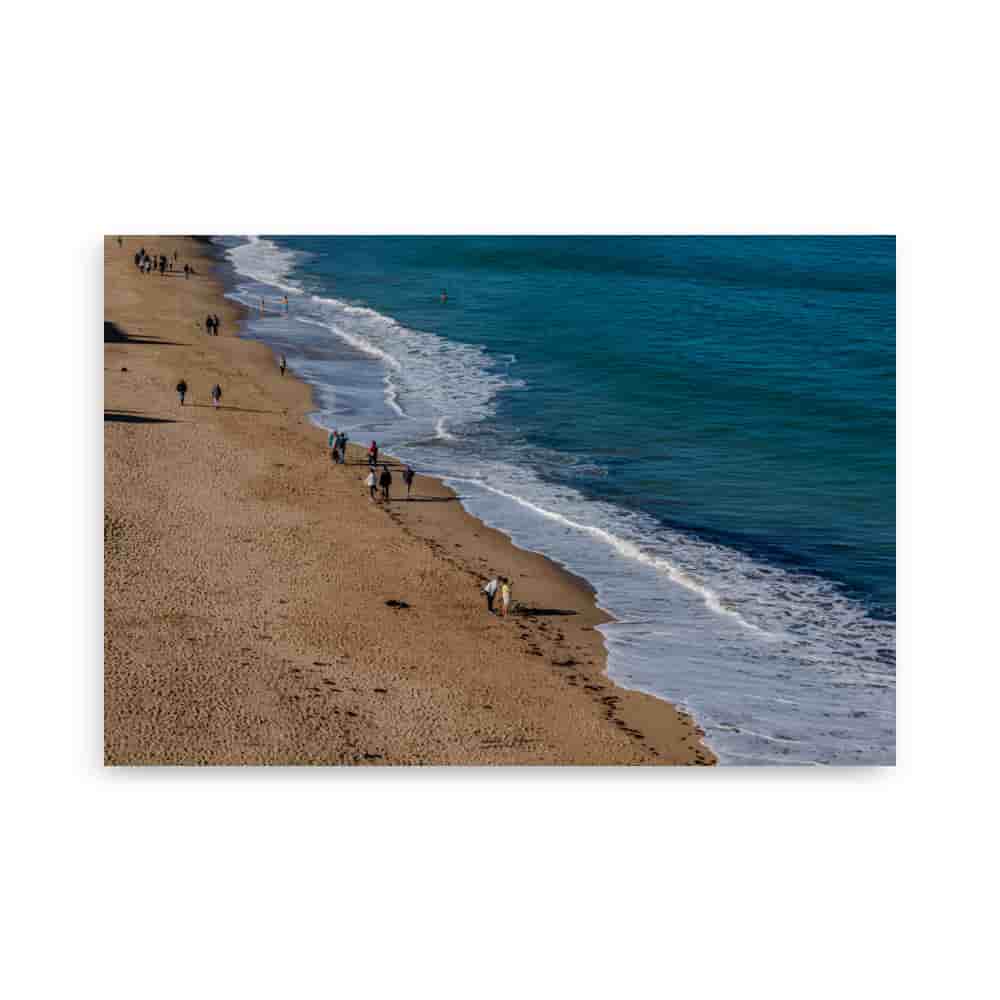
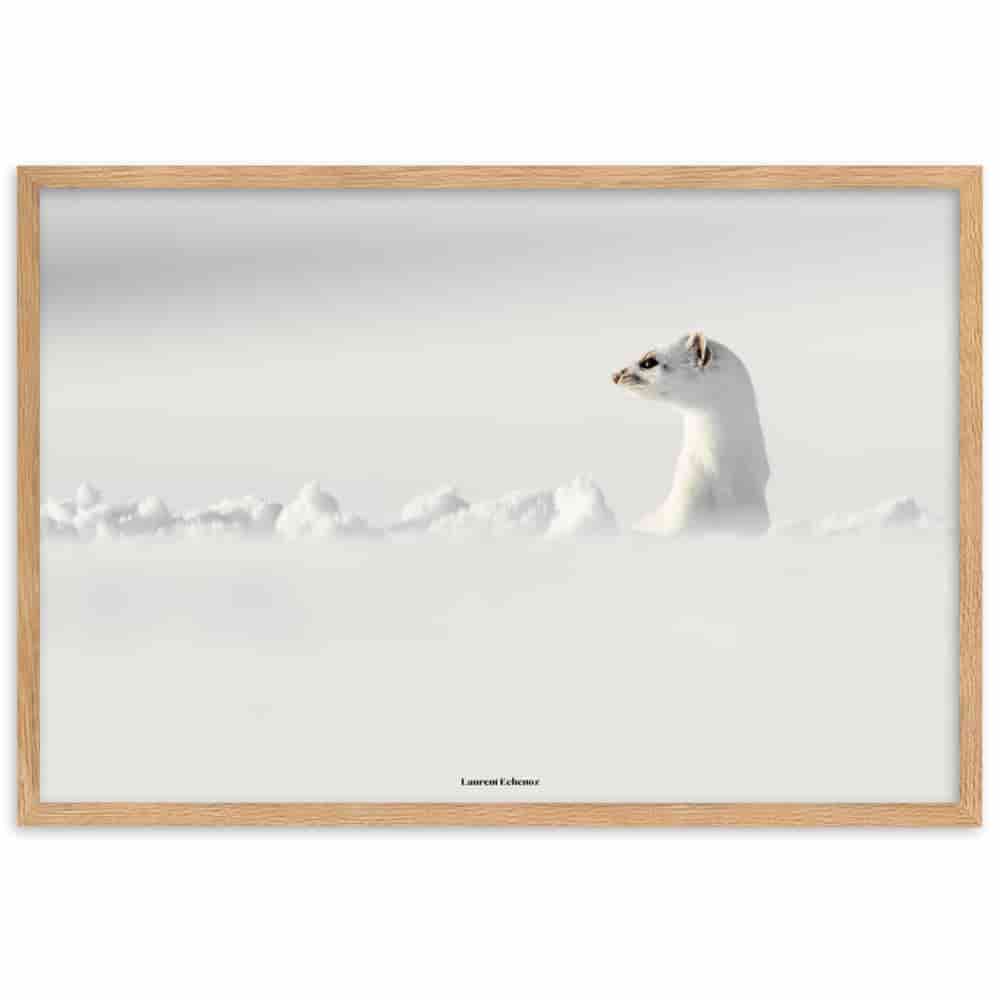
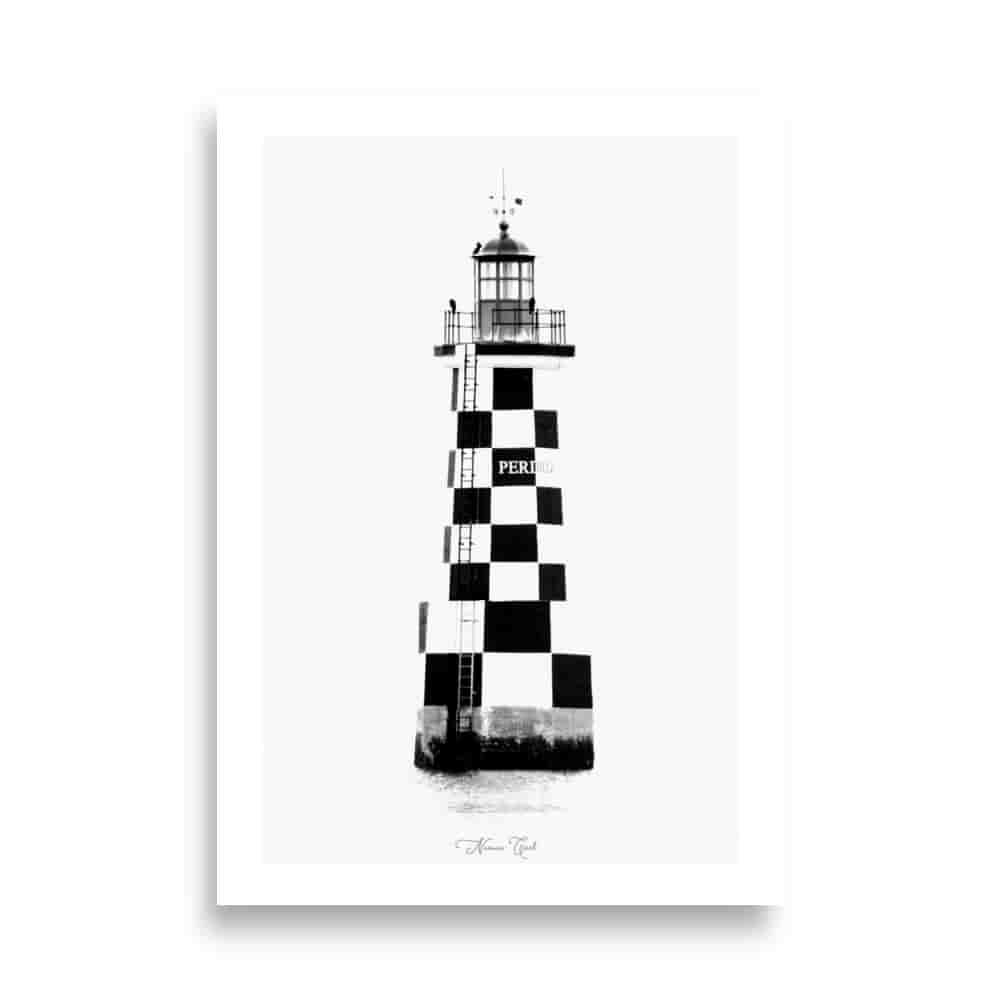
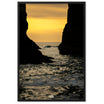
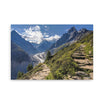






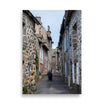




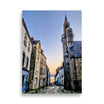


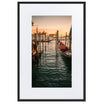










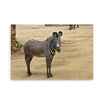


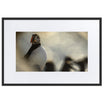




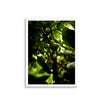


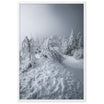


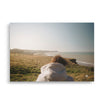
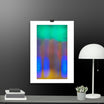




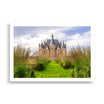






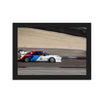
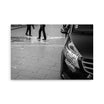
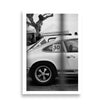
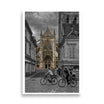





Leave a comment
All comments are moderated before being published.
This site is protected by hCaptcha and the hCaptcha Privacy Policy and Terms of Service apply.